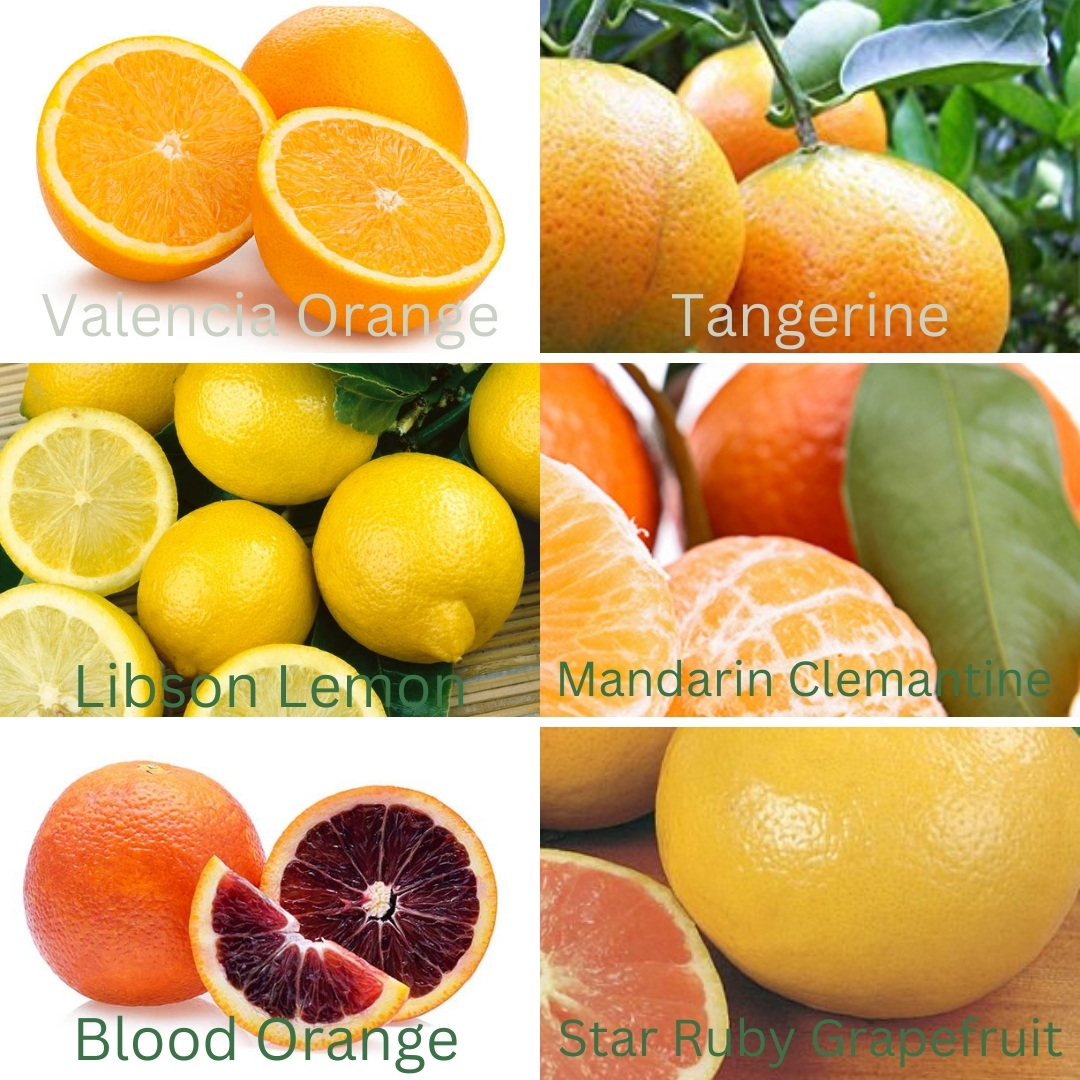Tangerine Cardamom Lavender Perfume is designed to claim a great inheritance of aromatic treasures from nature with scientific intervention. Many perfumes on the market right now make natural claims, but outstanding scents rarely result from mere artistic freedom or big advertising budgets. Too much exposure to these mass-market citrus-fresh perfumes (whether expensive or economical) can eventually cause one to become a libertine of scents.
Perfume Notes
Notes are frequently used while describing perfumes. Notes are descriptors that describe the scents that can be detected when wearing perfume. According to the French for a musical chord, accords are combinations of multiple notes.
The notes in a perfume are frequently various and diversified since it takes a number of different odors to make an olfactory blend that is well-balanced. It is believed that a well-balanced perfume should contain a variety of volatile chemicals, both those that dissipate rapidly and those that linger for a longer period of time. Based on this concept, notes are divided into three categories: base notes, which are the least volatile; heart notes, which are averagely volatile; and top notes, which are the most volatile. Tangerine Cardamom Lavender Perfume carries a heart of lavender and fragrant cardamom with a base of vanilla and top citrus notes.
NOTE: Volatile organic compounds (VOCs) make up the majority of odorants; without VOCs, odors and their diffusion would not exist. Many VOCs play a beneficial role in both environmental and human health.
Considering the diversity of fruits, herbs, and plants on earth, it is expected to find a wide variety of volatile molecules providing very distinct fragrances and flavors, along with non-volatile compounds. If there are any volatile compounds that are present in many plant species, their concentrations will differ depending on the botanical species and variety.
Effect of Environmental and Genetic Factors
Although each fruit species has a distinctive flavor, flavor types can vary widely within a species. For instance, the blood orange varieties found in the sweet orange species Citrus sinensis are considerably dissimilar from the varieties of blood oranges utilized for orange juice in the commercial sector (Valencia, Hamlin). Blood oranges are the only kind of oranges that produce anthocyanins; therefore, they differ not just in terms of their volatile profile.
An example of the diversity in the genus Citrus:
- Valencia orange (Citrus sinensis)
- Blood oranges (Citrus sinensis)
- Star Ruby grapefruit (Citrus paradisi)
- Mandarin, Algerian clementine (Citrus clementina)
- Foothill Lisbon lemon (Citrus limon)
- Tangerine (Citrus reticulata )

All these Citrus varieties have different flavors and olfactory profiles.
The formulation of Tangerine Cardamom Lavender Perfume is based on exquisite ingredients and an accomplished rounding.
The volatiles found in mandarins and tangerine (simple to peel) include linalool, -terpineol (floral), terpinen-4-ol (woody, earthy), nonanal, decanal, carvone (spearmint, caraway), limonene, pinene, and myrcene.
Once removed/plucked from the plant, both fruits and vegetables continue to go through metabolic processes that affect the presence and concentration of both volatiles and non-volatiles, which in turn modifies the olfactory profile (Plotto et al., 2017).
So, what are your guilty pleasures? https://bellebotanique.com.au/product/citrus-perfume/
Delicious top note of citrus with the floral beauty of lavender and spicy freshness of cardamom. Natural aromas from flowers, herbs, seeds, fruits, and spices, blended delicately in this perfume, accompany a gourmand’s rich profile.
Cheers,
Manoj Jain
Reference:
Plotto, A., Bai, J., & Baldwin, E. (2017). Fruits. Springer Handbooks, 27–28. https://doi.org/10.1007/978-3-319-26932-0_9
